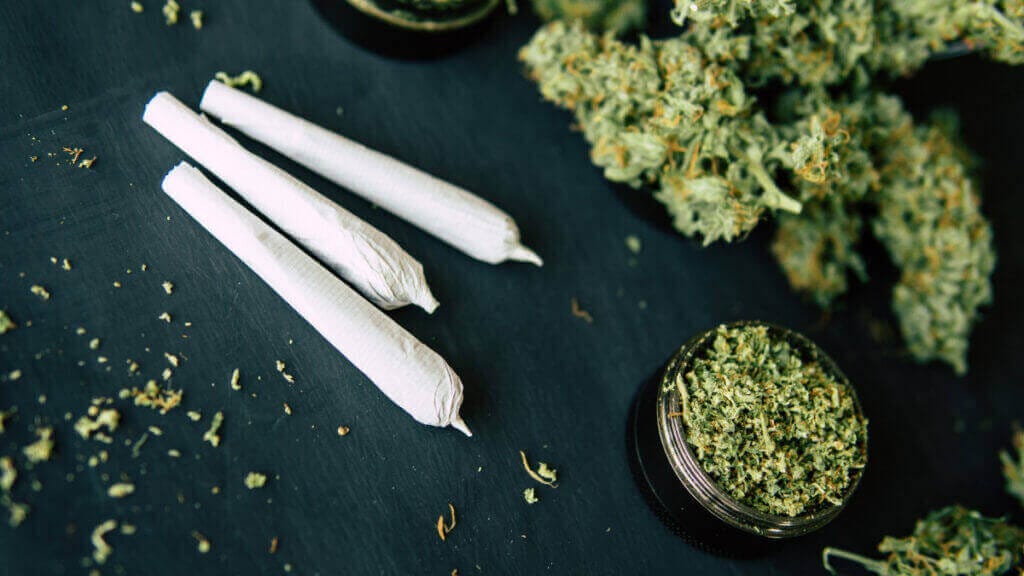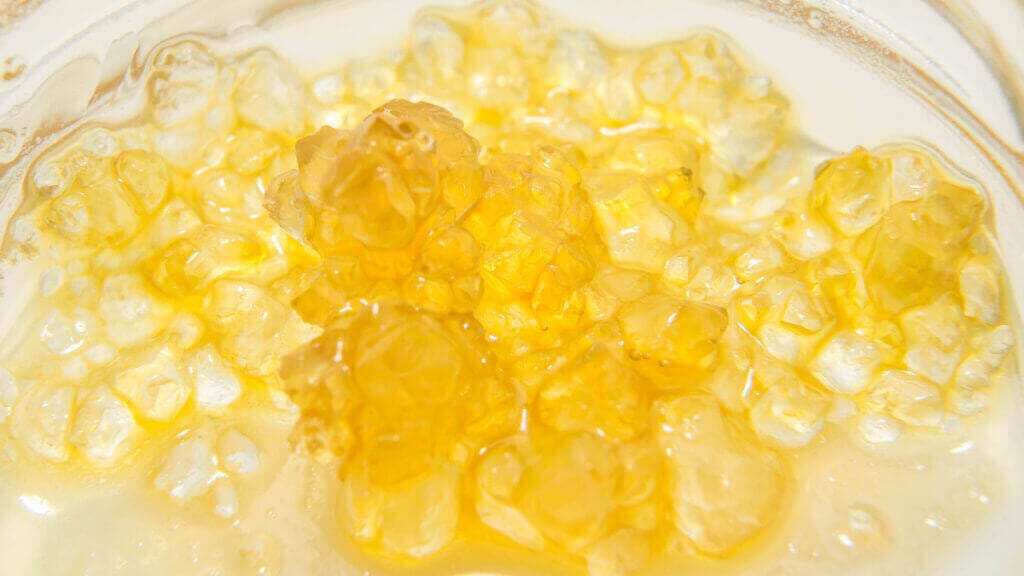
Unveiling the Aroma: Natural Fragrances vs. Synthetic- Why Nature Knows Best
In the symphony of our senses, scent plays a mesmerizing melody. Fragrances evoke memories, spark emotions, and paint invisible landscapes
The Potency No. 710 Plant Power Series so far has dived into the topics of the endocannabinoid system, cannabinoids, and terpenes, but just how is cannabis consumed?! While many think cannabis is only smoked, there are many different ways to consume this amazing plant.
Some of these include all the remarkable compounds the plant possesses, while others do not. Before we dig into the various consumption methods, let’s take a high-level look at the differences between full-spectrum, broad-spectrum, and isolate-based products.

A quick recap;

In the first installment of this series, we are going to take a look at consuming cannabis flower, concentrates, and edibles. In the next installment, we will dive into topicals, oils, and pharma options such as suppositories.
Flower, bud, herb, ganja, green, pot, whatever you choose to call it the dried and cured plant material (mainly the female buds) that is ground, rolled, and packed into bowls is one of the most common forms of consuming cannabis.
This form of cannabis is what many consider to be the most natural of forms as it is exactly as nature intended, with every compound intact and without interference or alteration. Cannabis has been smoked in this manner through bongs, bowls, joints/papers, blunts/cigars, and various other contraptions throughout history. Many prefer this method of consumption as it offers effects almost instantaneously, whereas many other methods have a longer onset period. For this reason, many individuals choose to consume flower as it offers the effects they need much more swiftly. This method of consumption, like them all, comes with its own unique set of pros and cons! Let’s explore!

Cannabis concentrates, like flower/bud, are consumed through inhalation in a process deemed as dabbing. However, concentrates are much more potent than flower and consumed in a different manner that doesn’t require combusting plant material. Cannabis concentrates are created by extracting the “essential oils” of the cannabis plant from the harvested plant material.
The extraction can be performed in various ways, something we will explore more in-depth in an upcoming concentrates deep-dive article. The end result can result in a wide variety of different forms of concentrates/extracts, all with their own unique consistency, texture, and quality. Some of the most common forms of concentrates are hash, shatter, rosin, wax, badder, crumble, and distillate.
Seeing how these extracts consist of all the cannabinoids offered by the plant material it was extracted from, they are much more potent. On average, cannabis concentrates offer 50-99% THC content. In comparison, most flower tests below 35%.
Concentrates are most commonly consumed through dab rigs which are similar to bongs. Alternately, cannabis concentrates can be consumed through vape pens such as the ones offered by ProVape that turn the extractions into vapor for inhalation. Concentrates can also be added to flower as well for an extra kick. We will take a more in-depth look at all things concentrates in an upcoming article, so for now, let’s take a look at some of the pros and cons of this consumption method.

Edibles are a beloved way to enjoy cannabis as cannabinoids can literally be infused into almost anything you enjoy eating or drinking! Edibles are any food or beverage that is ingested that contains cannabinoids. In the case of THC-based edibles, they are one of the most potent ways to consume cannabis. Edibles work entirely differently with the body’s endocannabinoid system in comparison to inhalation methods of consumption as the products and cannabinoids are broken down by the digestive system. Through this process, Delta-9-THC is converted to Hydroxy-11-THC. Because of this conversion, it typically takes longer for effects from edibles to be felt. However, those effects are also commonly much stronger and last much longer than with other consumption methods.
Some of the most common forms of edibles you will find in legal cannabis markets today include chocolates, gummies, drinks, syrup (meant to be added to water or clear beverages), cake pops, toffee, and a plethora of others. Most commonly, you find sweet treats; however, more brands are starting to venture into the arena of infusing healthier alternatives and even things such as hot sauce, tomato sauce, and olive oils used for cooking.
Many also embrace the benefits of cannabinoids in their most natural of forms, raw. By juicing fresh cannabis leaves and buds, it produces a beverage that is packed with vitamins, minerals, and cannabinoid acids such as CBDa and THCa. This type of “edible,” however, will not produce intoxicating effects as the process of decarboxylation hasn’t taken place. In infused edibles like what you find in legal markets, the cannabinoid product used in the recipe undergoes this process activating the cannabinoid content prior to being infused into the end product.
Edibles can be full spectrum, broad-spectrum, or isolate-based, depending on the manufacturer’s preference and the market it is intended for. In an upcoming article, we will dive into edibles more thoroughly and discuss what to do in the event of overconsumption. For now, though, let’s check out some of the pros and cons of this consumption method!
These are just a few of the methods of consumption that are embraced by cannabis patients and consumers today. In the next installment of this series, we will discuss one of our favorite types of cannabinoid products being topicals such as serums, creams, lotions, and balms! We will also explore various types of cannabinoid-infused oils as well as products such as inhalers, capsules, suppositories, and more! What is your favorite way to consume cannabis? Let us know in the comments below, and stay tuned for the next installment in the Potency No. 710 Plant Power Series!

In the symphony of our senses, scent plays a mesmerizing melody. Fragrances evoke memories, spark emotions, and paint invisible landscapes

In the pursuit of healthy, radiant skin, vitamin-rich skincare can play a crucial role in nourishing, protecting, and rejuvenating our

If you’ve been following Potency No. 710 for any amount of time, you know that we are not fans of

In recent years, the beauty industry has seen an influx of products infused with Cannabidiol (CBD), a compound derived from the cannabis

In today’s fast-paced world, finding moments of tranquility can feel like a luxury. Yet, one of the simplest and most

When it comes to skincare, the best natural skincare ingredients are often found in the botanical world. Nature and science